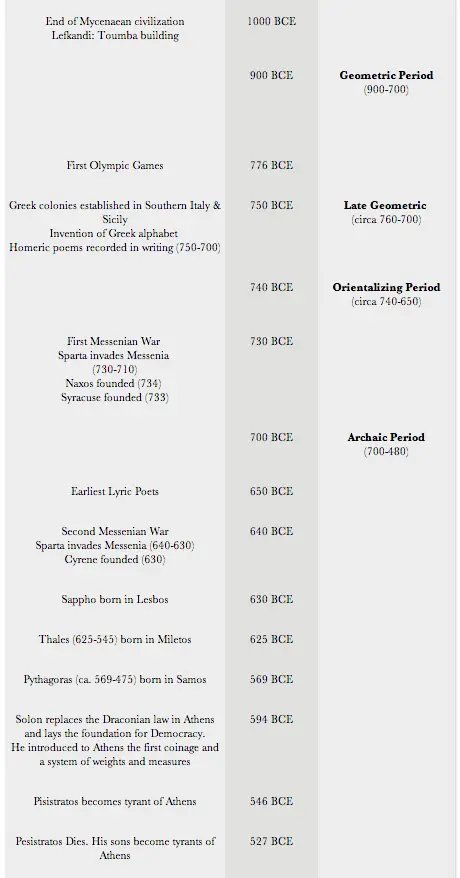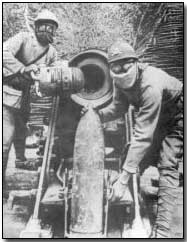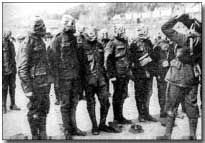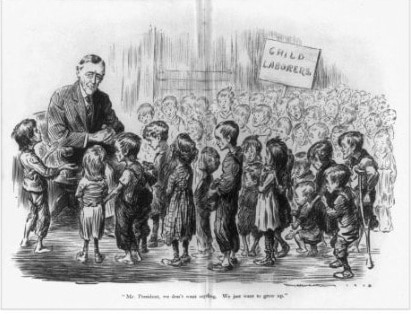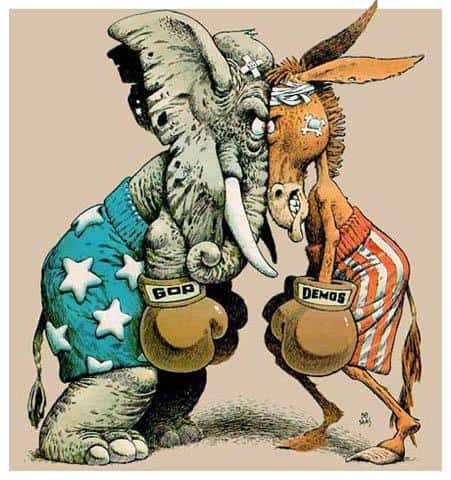Question 2 of 25
8 % Complete
Use this same passage to answer the next 2 questions: 1 of 3 questions using this passage complete
“…As people move, so do microbes. HIV/AIDS, tuberculosis, and malaria together cause 25 percent of all deaths worldwide. With an estimated 40 million people already infected, the national security threat posed by HIV/AIDS is no longer theoretical or prospective; it is clear and present today. It is, moreover, rapidly expanding its deadly reach beyond Sub-Saharan Africa. In the last 5 years, for instance, the HIV/AIDS infection rates in Eastern Europe increased 1300 percent. Even relatively low rates of infection will have enormous consequences for high population countries such as China and India. HIV/AIDS is particularly devastating because it often combines with other infectious diseases””notably tuberculosis””in lethal alliances. To make matters worse, drug-resistant strains of tuberculosis are becoming more prevalent. Such strains can defeat the most sophisticated antibiotics in modern medicine’s arsenal.
Try our GED Practice Test for Social Studies
The burden of infectious diseases can strain weak health systems to the breaking point and beyond, with pernicious effects on social, economic, and political stability of regions important to America’s interests. The hardest-hit nations in Sub-Saharan Africa are experiencing precipitous declines in life expectancies, some falling over 30 years. Millions of orphans will need to be raised by the poorest societies on earth; many, forced to fend for themselves or exploited by others, will pose a clear source of instability in affected areas. The spread of HIV/AIDS and other infectious diseases, therefore, will not only pose a health risk, but threaten to destroy societies, devastate economies, and destabilize entire regions. (Joint United Nations Programme on HIV/AIDS and World Health Organization, AIDS Epidemic Update, December 2001 (Geneva: UNAIDS, 2001); UNICEF, UNAIDS, and WHO, Coordinates 2002: Charting Progress Against AIDS, TB and Malaria (Geneva: World Health Organization, 2002).)
Check our GED® Social Studies Prep Guide
Haass, Richard N. (2007, April 14). Supporting US Foreign Policy in the Post-9/11 World: Policymakers and the Intelligence Community. Retrieved September 27, 2013 by, https://www.cia.gov/library/center-for-the-study-of-intelligence/csi-publications/csi-studies/studies/vol46no3/article01.html
Learn more about GED Social Studies Classes Online
What evidence does the author use to support the idea that microbes move with people with devastating effects?
A. The spread of HIV/AIDS and other infectious diseases, therefore, will not only pose a health risk, but threaten to destroy societies.
B. HIV/AIDS, tuberculosis, and malaria together cause 25 percent of all deaths worldwide.
C. In the last 5 years, for instance, the HIV/AIDS infection rates in Eastern Europe increased 1300 percent.
D. Both B and C
C. In the last 5 years, for instance, the HIV/AIDS infection rates in Eastern Europe increased 1300 percent.
Related Topics:
